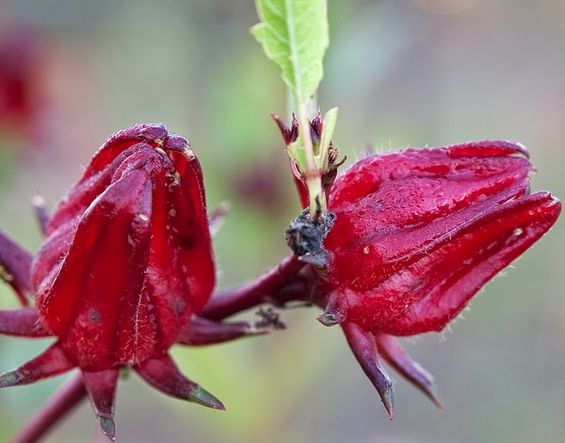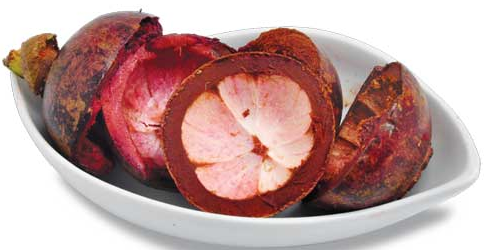The Health Benefits of Honey

Honey is one of the world’s oldest known medicines. Its strong anti-bacterial and healing properties make it a great natural remedy for many common health problems.The wonderful healing qualities of honey have been known since ancient times: honey was the most used medicine in ancient Egypt – it was deemed so precious that it was used as a form of currency; the Roman legions treated their wounds with honey; and athletes who participated in the ancient Olympic Games ate honey and dried figs to enhance their sports performance.
Hippocrates, the father of modern medicine, believed in honey as the great golden healer.”Honey causes heat, cleans sores and ulcers, softens hard ulcers of the lips and heals carbuncles and running sores,” he wrote.
We have the hardworking bee to thank for this precious gift. This little insect collects the nectar of flowers, which it then mixes with its own saliva, before swallowing, digesting and regurgitating it – the happy result is honey which the bee deposits in wax honeycombs inside the hive.
Honey can improve your health in countless ways. Try these tips to experience its healing properties for yourself:
Sore throats and coughs
One of the best-known health benefits of honey is its ability to soothe sore throats and kill the bacteria that causes the infection. Honey has strong antibacterial properties and provides temporary pain relief.
Combine a spoonful of honey with some freshly-squeezed lemon juice and drink at regular intervals. You can also mix the honey with lemon juice and a pinch of salt and gargle.
Honey also relieves mild coughing (especially night-time coughing in young children) and is a great immune-system booster – it can help ward off colds.
(Please note that honey should not be given to babies under the age of 12 months.)
Wounds, cuts and burns
Honey is an excellent first aid remedy as it is a natural antiseptic. It inhibits the growth of bacteria and therefore helps keep wounds clean and free from infection.
After gently cleaning the wound with warm water and mild soap; apply a layer of honey on a dressing before covering the wound. An extra dressing or bandage will contain any leaking honey. Change every 24 hours.
Honey is also effective for cuts and burns – it reduces pain and swelling, and promotes healing. Simply dab some honey on the affected area.
Hay fever
Do you suffer from hay fever? Eating honey that is local to your area (and has not been blended with honey from other areas) can help boost your immune system and reduce your hay fever symptoms.
Why local honey? The local honey contains very tiny amounts of the pollen found in your area. These tiny amounts of pollen are not enough to trigger the allergic reaction when you ingest the local honey, but they do help your body to build up a tolerance to the pollen.
Digestive health
Honey has a mild laxative effect which can help combat constipation and bloating. It is also rich in friendly bacteria which act as a probiotic and keep the digestive and immune system healthy. For a homemade digestion aid, try tea with honey and lemon.
Honey may also be effective in the treatment of ulcers – take 1 to 2 teaspoons of honey on an empty stomach (half an hour before a meal) up to three times a day to provide pain relief and assist in healing.
Hangovers
Have you had too much to drink? Honey is a great way to help the body deal with the toxic effects of a hangover, scientists say.
The fructose in honey helps the body break down alcohol into harmless by-products. Honey also contains powerful antioxidant properties that can neutralise the harmful effects of alcohol. Enjoy two tablespoons of honey on its own, or on toast.
Healthy skin
Honey is great for your skin as it locks in moisture. If you suffer from dry skin, put some honey on your skin, leave on for 20 minutes and rinse off with warm water.
Legend has it that Cleopatra bathed in milk and honey to preserve her youth and beauty. Run a warm bath; and add one cup of milk and half a cup of honey. If you like, you can add a few drops of essential oil (rose, jasmine and lavender are great choices).
Honey’s antibacterial properties are also great for acne. Treat spots on your skin by applying raw honey with clean fingers on skin and removing with warm water after 20 minutes.
Mosquito bites
Honey can help reduce the itch and irritation of mosquito bites. Dab a little bit of raw honey right on the bite. Honey’s anti-microbial properties will also help prevent infection.
Athletic performance
Honey can boost athletes’ performance and endurance levels and reduce muscle fatigue. This is thanks to the perfect combination of glucose and fructose in honey.
The glucose is absorbed quickly by the body and gives an immediate energy boost, whereas the fructose is absorbed more slowly, thus providing sustained energy. This combo also helps to regulate blood sugar levels.
Honey has also been shown to increase antibodies and fight inflammation. Take a spoonful of honey before your workout.
Handy tip
Has your honey crystallised? Don’t throw it out – it has not gone bad!
You can return it to its liquid form by heating it slowly in a bowl filled with warm water; or by popping it into the microwave for a few seconds.
Photo of honey and bees from Shutterstoc




